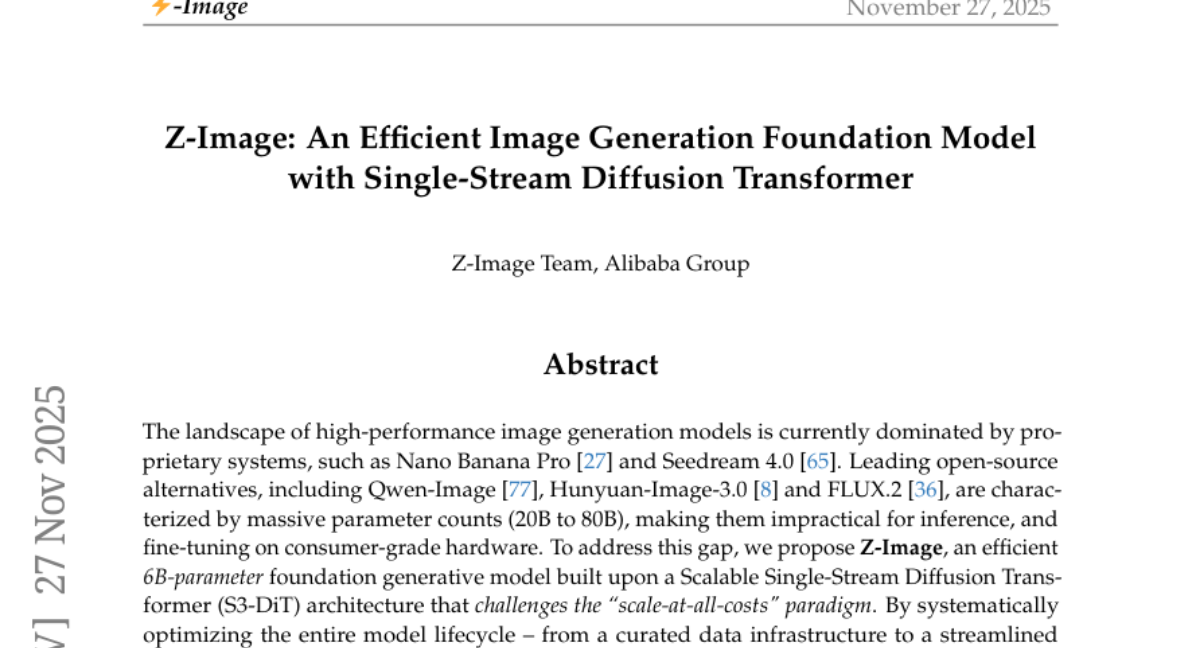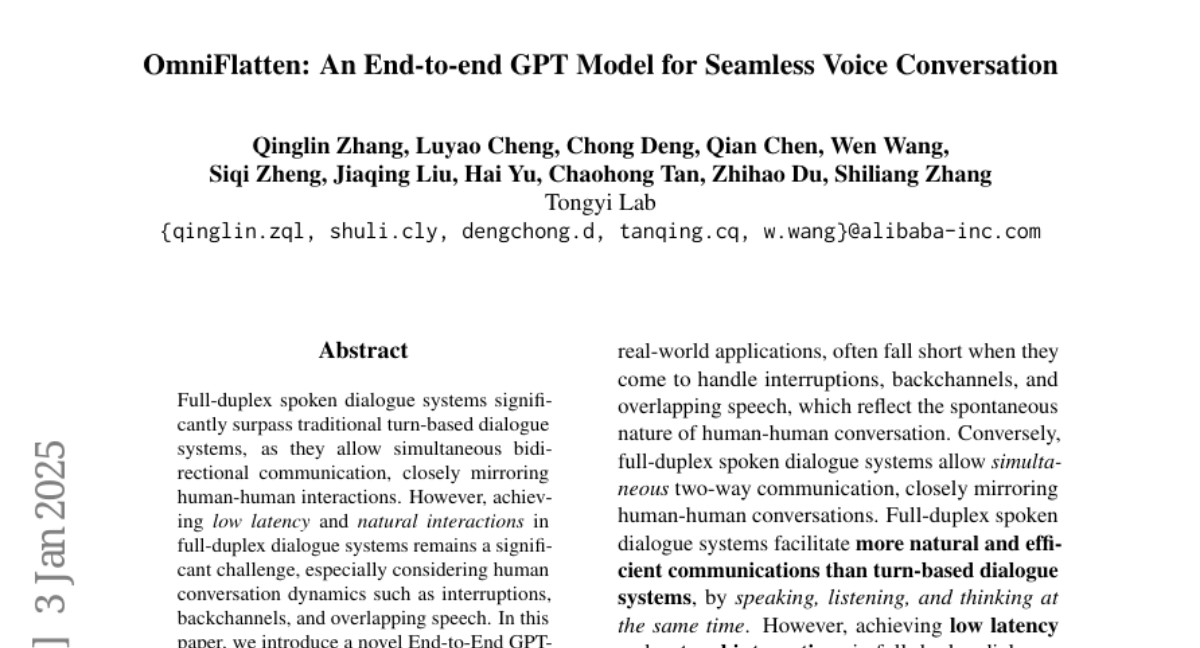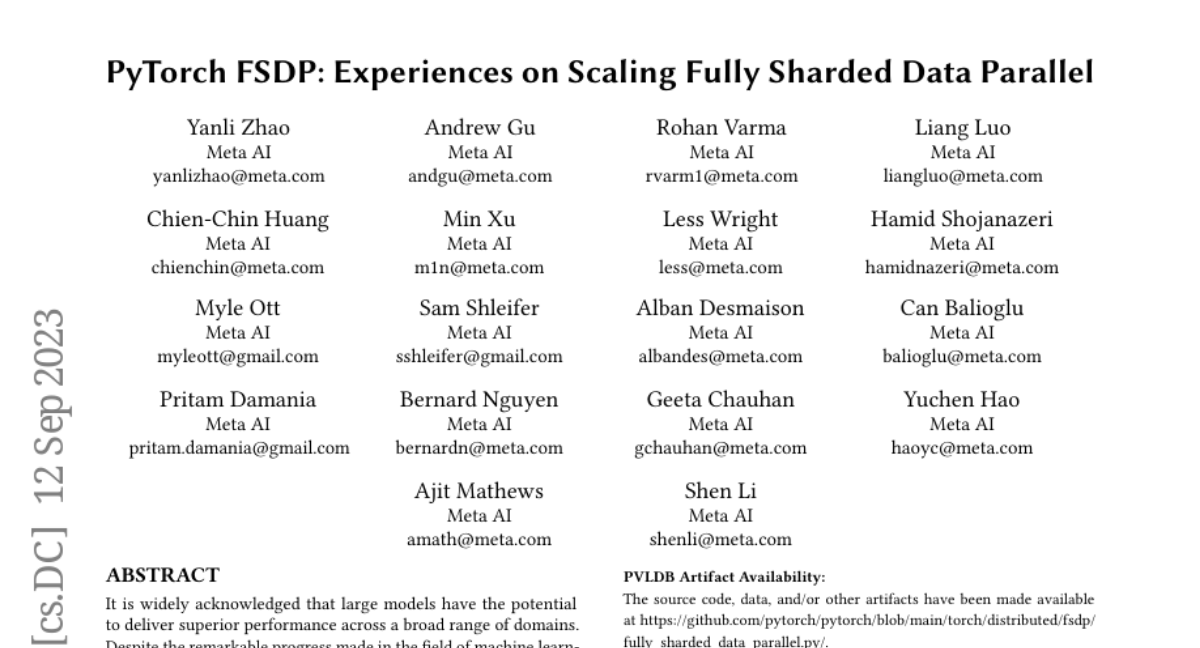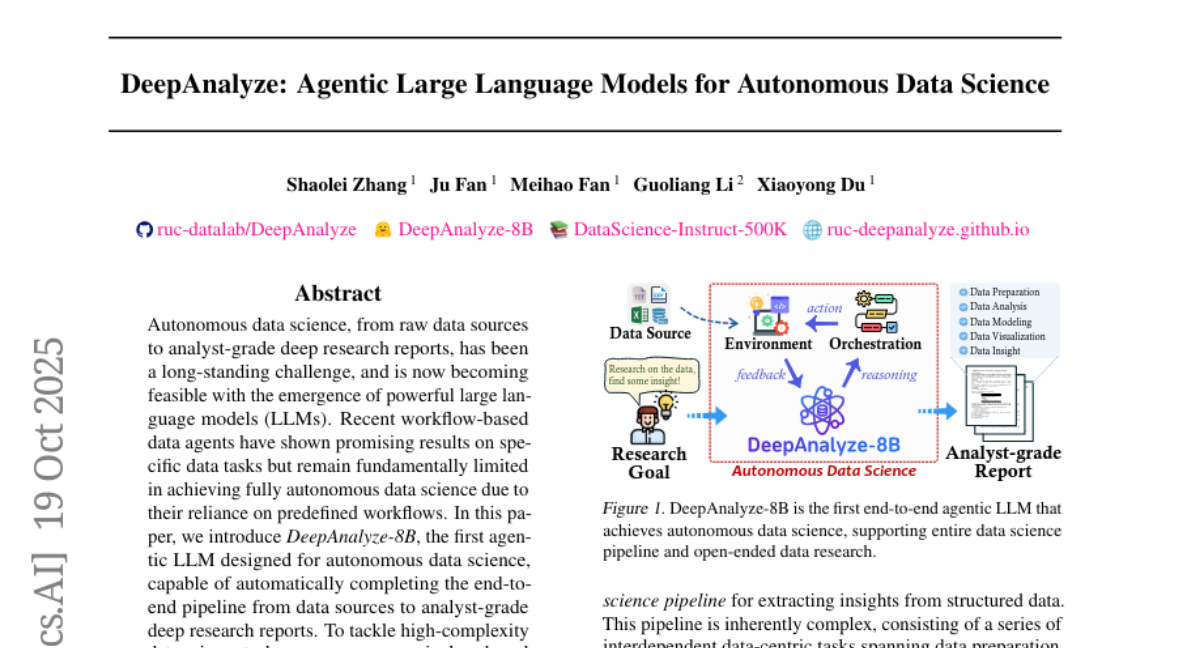PersonaLive! Expressive Portrait Image Animation for Live Streaming
PersonaLive is a diffusion-based framework for real-time portrait animation that enhances speed and efficiency through multi-stage training, hybrid implicit signals, appearance distillation, and autoregressive micro-chunk streaming.
PersonaLive! Expressive Portrait Image Animation for Live Streaming
PersonaLive is a diffusion-based framework for real-time portrait animation that enhances speed and efficiency through multi-stage training, hybrid implicit signals, appearance distillation, and autoregressive micro-chunk streaming.































































